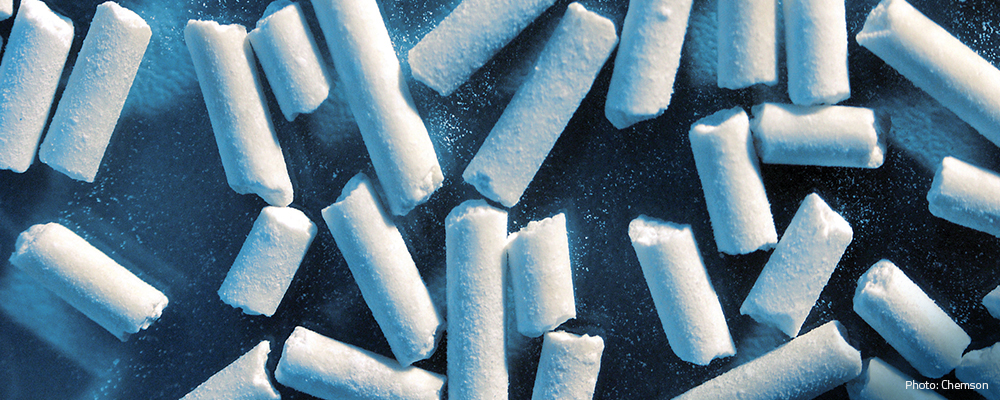
Stabilisers for Resilience
Stabilisers give PVC resilience. In the past, heavy metals – particularly lead and cadmium - have been the main source of stabiliser compounds. Today, the use of these metals is being phased out in many industries because of the occupational health and environment hazard associated with processing these metals.
The risk from exposure to heavy metal stabilisers in existing PVC products is very small.
Lead has been the most commonly used stabiliser and the risk associated with its use has been carefully assessed. Stabilisers form only a small proportion of the PVC formulation (typically less than two percent by weight) and they are strongly bound into the polymer matrix. Therefore the likelihood of migration of the stabiliser from the polymer is very small.
A Commonwealth Scientific and Industrial Research Organisation’s (CSIRO Australia) review of the issue concluded "Losses to the environment are limited during the use phase of the product...the contribution PVC makes to the levels of heavy metals in landfill waste is negligible."
Changing Stabiliser Use in Australia
In Australia, the PVC industry’s Product Stewardship Program (PSP) includes a commitment to avoid lead and cadmium based stabilisers. The phase out of cadmium-based stabilisers by PSP Signatories was completed by July 2004. The commitment for Signatories to remove lead stabilisers from all products is largely complete. Use of lead stabilisers by Signatories has been reduced 99% between 2002 and 2012. It was phased out of pipes and fittings produced by PSP Signatories by the end of 2008, and from almost all other applications by the end of 2011.
Refer to the sections on the Product Stewardship Program and progress against commitments for more detail.
Alternative Stabilisers
Alternative stabiliser compounds being used in place of lead and cadmium compounds include calcium zinc, barium, tin and organic based stabilisers.
The following alternatives to lead have undergone official scientific risk assessment by overseas government authorities:
- Calcium zinc compounds: According to the European Commission’s risk assessment of these, there are no health or safety issues related to their use in PVC products.
- Tin compounds: Under the European Commission’s risk assessment of tin, all major stabilised rigid PVC applications are assessed as safe; however, some concerns have been identified for flexible PVC applications (flooring and wall-coverings) in relation to indoor air quality. Australian Signatories to the Product Stewardship Program manufacturing or supplying these products have confirmed they do not add tin stabilisers to their products.
- Organic stabiliser systems: Recently developed systems based on 1,3-di-methyl-4-amino uracil have been formulated for use. These systems, which contain lubricants and may also contain organic co-stabilisers, are regarded as heavy metal free. There are other similar organic stabiliser systems to uracil but which require a catalytic amount (parts per million) of Zinc to enhance performance. The base organic molecule has been listed on the EU positive list for drinking water.





